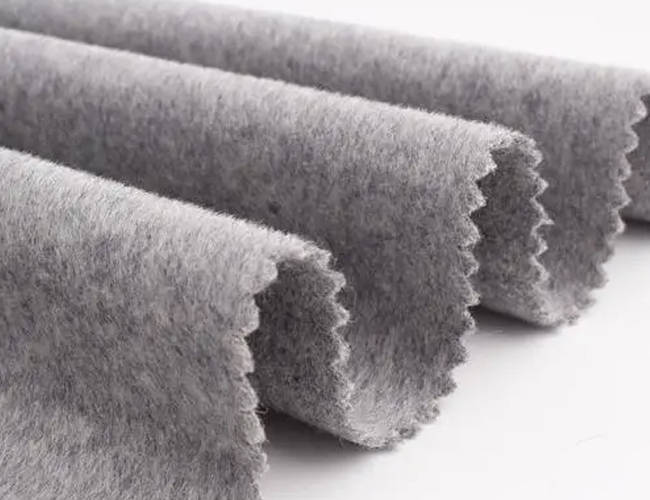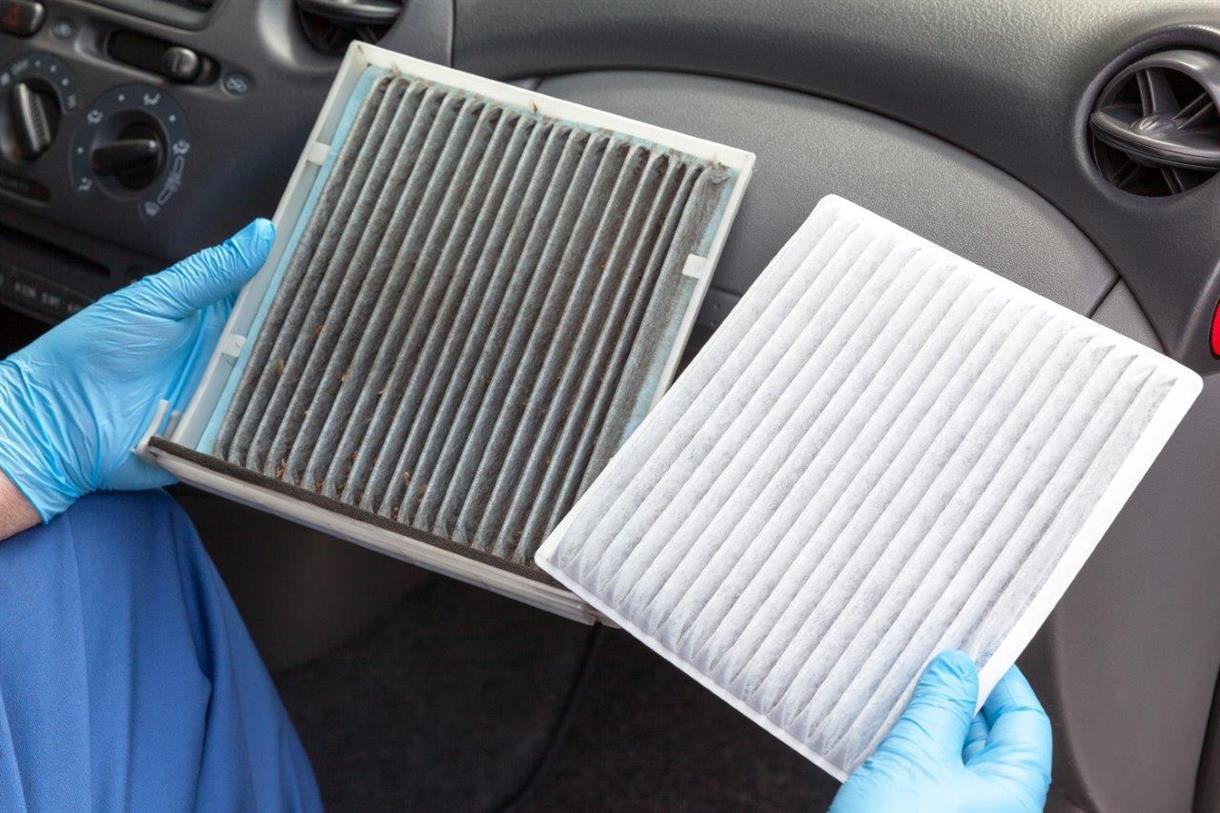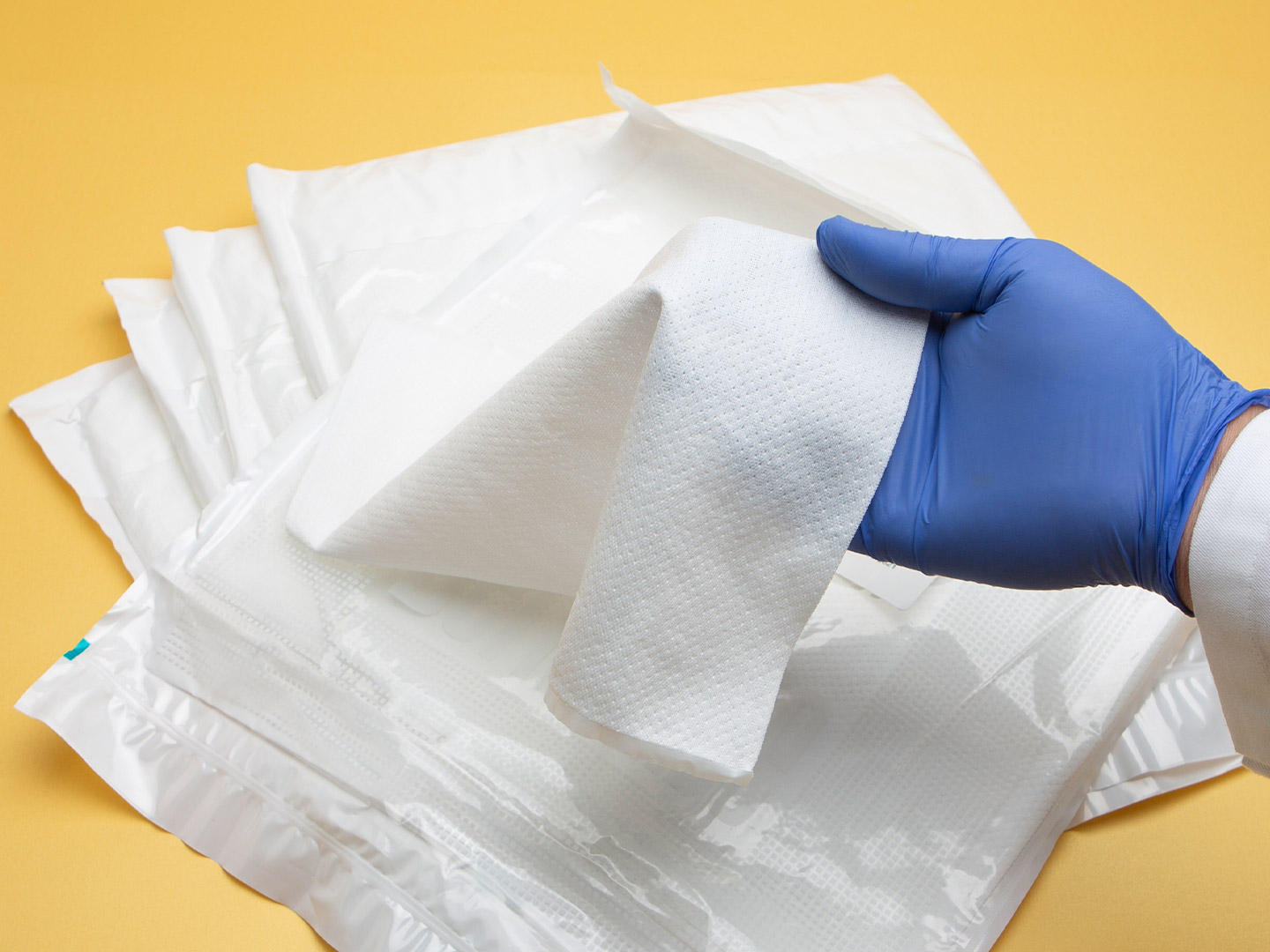
Wool fabric, also known as fleece, refers to "textiles made from wool, and other fibers blended or interwoven". In short, wool fabrics are the textile that contains wool, and the wool content is relatively high.
Raw wool - Wool selection - Wool washing - Drying - Wool dyeing - Carding - Strip making - Spinning - Warping - Weaving - Shaping - Finishing (brushing, burning, boiling, washing, steaming, drying, trimming) - Quality inspection – Packing
Wool fabrics are mainly used for clothing and a small amount for industrial use. It has excellent moisture absorption, good warmth retention, water repellency and drapability. It is a high-grade fabric with excellent moisture absorption, good warmth, water repellency and drapability. However, wool fabric is mainly composed of animal fibers, which are susceptible to insects and need to be finished by moth-proofing or using moth-proofing chemicals for storage.
The woolen textile industry is mainly scattered in Jiangsu, Shanghai, Shandong, Zhejiang, Guangdong, Inner Mongolia, Xinjiang and Beijing in China, where the wool is mainly produced in and near the livestock areas.
The price of pure wool fabrics is higher than that of wool mixed with chemical fibers. The higher the percentage of wool content in wool fabric, the higher its price. The price of worsted wool fabric is generally higher than that of coarse wool fabric. The price range of worsted wool fabric is 45 RMB/m to 150 RMB/m. Rough wool fabrics range from $30/m to $120/m. Some specially crafted wool fabrics can be more expensive.
The traditional spinning method of wool fiber is divided into two systems: worsted wool spinning and rough wool spinning. Wool fabrics vary in style depending on the yarn spinning system used, and are usually divided into two categories: worsted wool fabrics and rough wool fabrics.
1.Worsted wool
First, worsted wool yarn woven with combed wool. The raw material used is long and fine, combed straight, and the fibers are neatly arranged and tightly structured in the yarn. The warp and weft yarns of worsted wool are often used in double strands of 36 to 60 counts of wool. Most of the products have smooth surface and clear weaving pattern.
2.Coarse spinning tweed
Second, coarse spinning tweed woven with coarse combing wool yarn. The fibers are spun directly after the carding machine, and the fibers in the yarn are not arranged neatly, so the structure is fluffy. The warp and weft yarns of worsted are usually single strands of 4 to 16 counts of wool yarn. The varieties are maiden, navy, uniform, facecloth and coat tweed. Most of the products are shrunken and covered with fleece, and the weave pattern is blurred or does not show up.
1、 Woolen fabric is not alkali resistant, so you need to use neutral detergent, preferably with wool special detergent.
2、 Soak in cold water for a short time, washing temperature should not exceed 40 degrees.
3、 Squeeze wash and remove water, do not wring, then spread flat and dry, do not expose to the sun.
4, wet state shaping or semi-dry shaping can remove wrinkles.
5、 Do not use the wave washing machine, use the drum washing machine, select the light washing gear.
6、dry cleaning is recommended, do not scrub.
Wool is an animal fiber that is 100% natural and renewable, biodegradable material. Wool garments last on average 50% longer than cotton garments and require less frequent washing. Wool garments are donated at a rate of up to 5% rather than being easily discarded.
However, wool fabrics, like cotton fabrics, emit more greenhouse gases during production than chemical fiber fabrics. In addition, a recent study found that wool garments may be a significant source of marine pollution. The amount of microfibers released from wool garments after washing is much higher than that of other garments. Each time a wool garment is washed, it releases about 2,000 microfibers. These microfibers are discharged into the sea with the sewage, causing serious pollution to the ocean. Moreover, studies have pointed out that the surface of these fiber particles can accumulate pathogenic microorganisms and chemical pollutants, poisoning the marine ecology. Because of their extremely small size, microfibers are easily misplaced by marine organisms and may enter their blood and tissues, affecting the ecosystem. In addition, through the food chain, other organisms will also eat the microfibers by mistake, and eventually even humans may also suffer.
If you want to know more about the latest information about wool, please visit our website for more details.
 Nonwovens in daily life ----- filtration
Nonwovens in daily life ----- filtration
 Nonwovens in daily life ----- automotive
Nonwovens in daily life ----- automotive
 What is SAP – superabsorbent polymers
What is SAP – superabsorbent polymers
 The Future of Global Nonwoven Wipes to 2029
The Future of Global Nonwoven Wipes to 2029